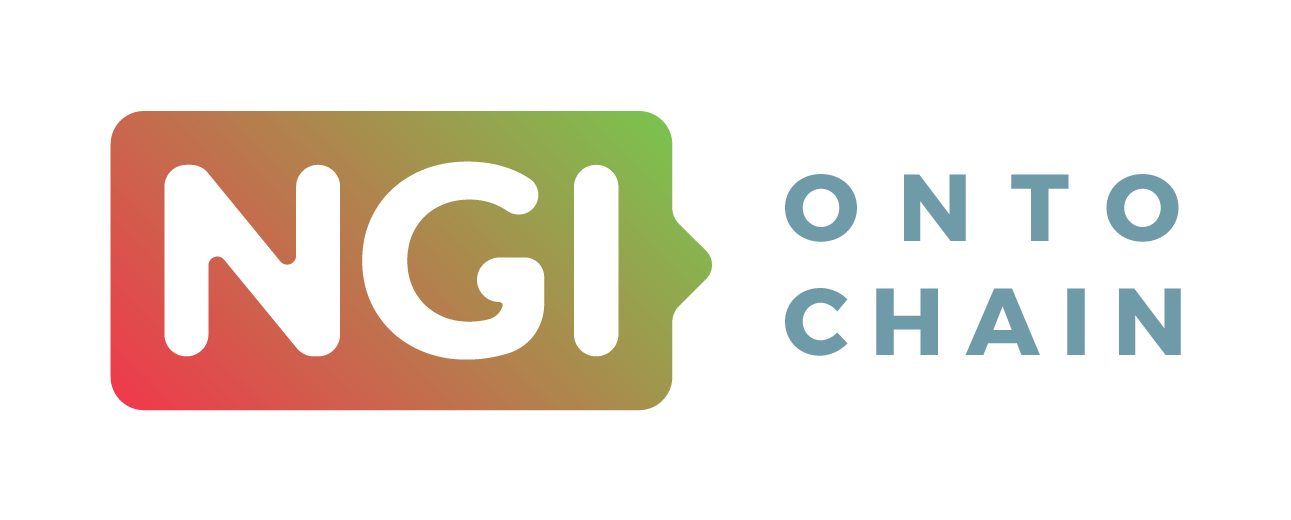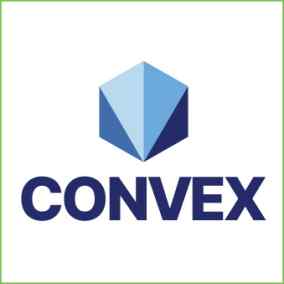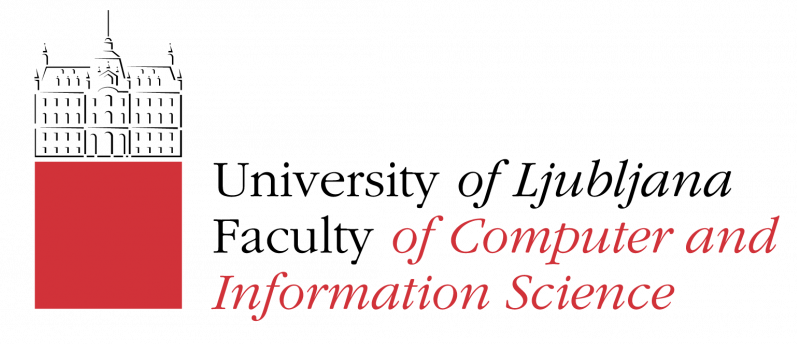25 Jan 2023
The Convex Global DLT team knows that combining performance and sustainability in a decentralised network is still a challenge. So they came up with innovative ideas to solve it.
In this interview, founder Mike Anderson presented us how they are working towards a low cost, scalable, and energy efficient infrastructure for the ONTOCHAIN ecosystem.

Can you briefly present us your team?
We are a diverse, international team working to great next generation technology for the decentralised internet of Value. We believe that decentralised technology is the future, but new innovation is needed to go beyond what is offered by current Blockchain technology.
We are supported by the Convex Foundation, a not-for-profit organisation that helps develop the Convex technology on an open source model.
In simple words, what is your project about and how does it contribute to the ONTOCHAIN software ecosystem?
Despite all the research in the blockchain space, combining performance and sustainability in a decentralised network remains an unresolved challenge. Convex delivers a unique blend of innovative ideas that aim to solve it. A new global network removing the most salient barrier of entry for new blockchain users in an environmentally sustainable manner.
Since the ONTOCHAIN project is growing a new ecosystem, we hope to become one of its major building blocks offering low cost, scalable, and energy efficient infrastructure.
The new consensus algorithm embedded in the Convex project unlocked a series of unforeseen improvements over more conventional decentralised networks. We believe those improvements resolve key issues behind the fact that blockchain mass adoption has been a slow and uncertain path. We hope to accelerate the transition towards a global decentralised economy where end users will not have to be concerned about cost and efficiency.
In what way is ONTOCHAIN contributing to your own ambitions?
As the Convex project is maturing, it is becoming increasingly valuable that we are being offered opportunities for working with other innovative projects. The practical nature of OC3 represents a perfect ground for engaging with builders and innovators from the blockchain space. The experience and feedback they provide us is fundamental for building the best possible decentralised substrate for the Next Generation Internet.
We are also actively collaborating with the ONTOCHAIN team on measuring the performance and energy-efficiency of the Convex network, as it is our mission to make no compromise between both.
How do you assess the experience of working with other ONTOCHAIN teams?
Interacting with other projects, learning about their requirements and their methods, helps us improve our developer tooling and expand Convex towards new use cases. In parallel, the insights from the ONTOCHAIN team help us drive the project towards technical excellence and continue building our core tech stack.
What are your expectations regarding the ONTOCHAIN software ecosystem and its contribution to the NGI priority areas?
We expect the ONTOCHAIN ecosystem can make good use of Convex infrastructure and accelerate the development of many initiatives in the Next Generation Internet programme, such as NGI Assure and NGI Zero Entrust.


 This project has received funding from the European Union’s Horizon 2020 research and innovation programme under grant agreement No 957338
This project has received funding from the European Union’s Horizon 2020 research and innovation programme under grant agreement No 957338




